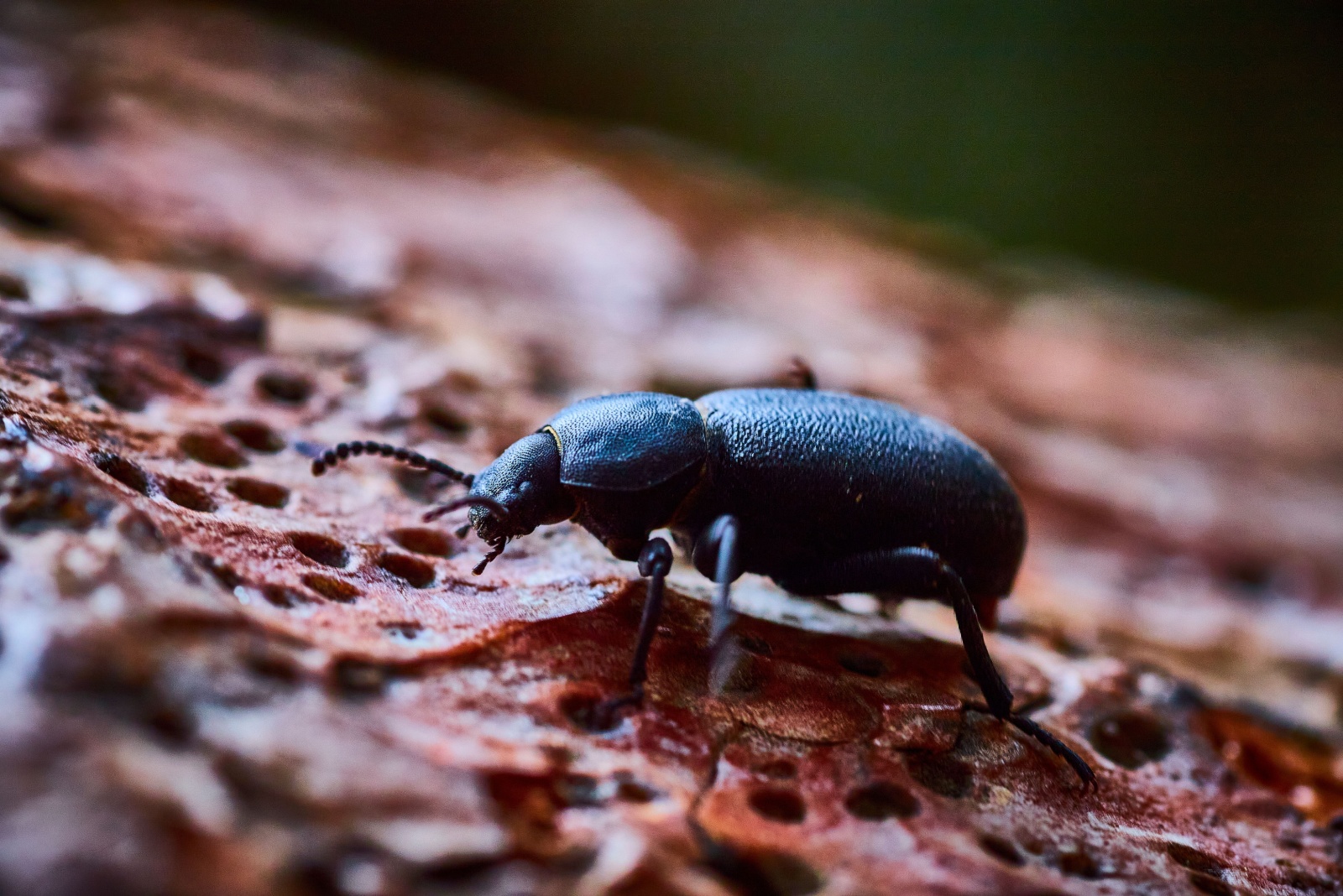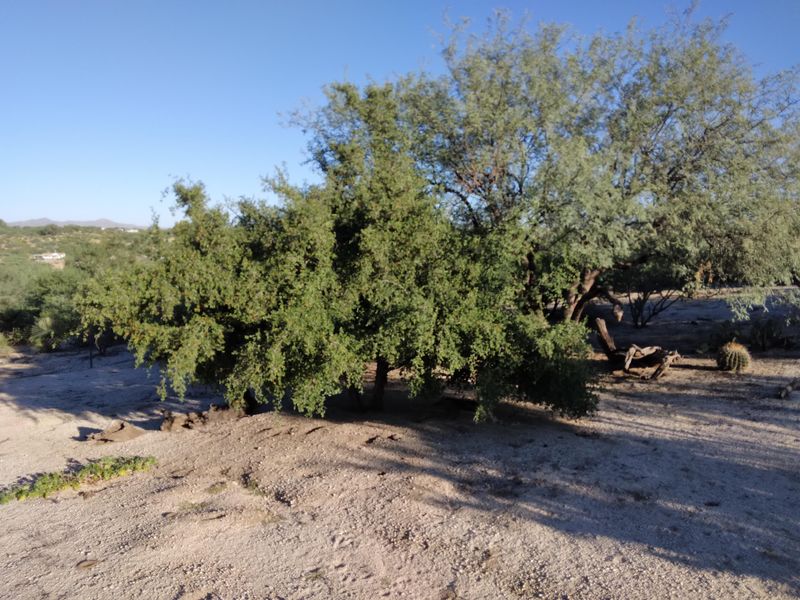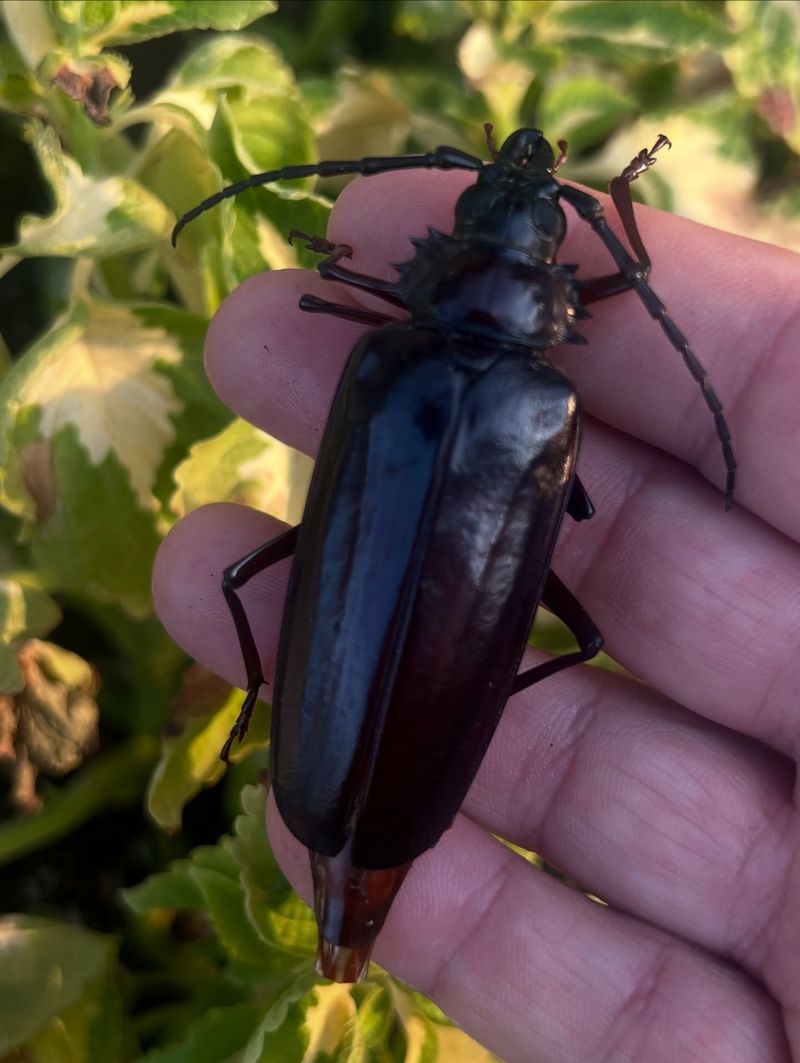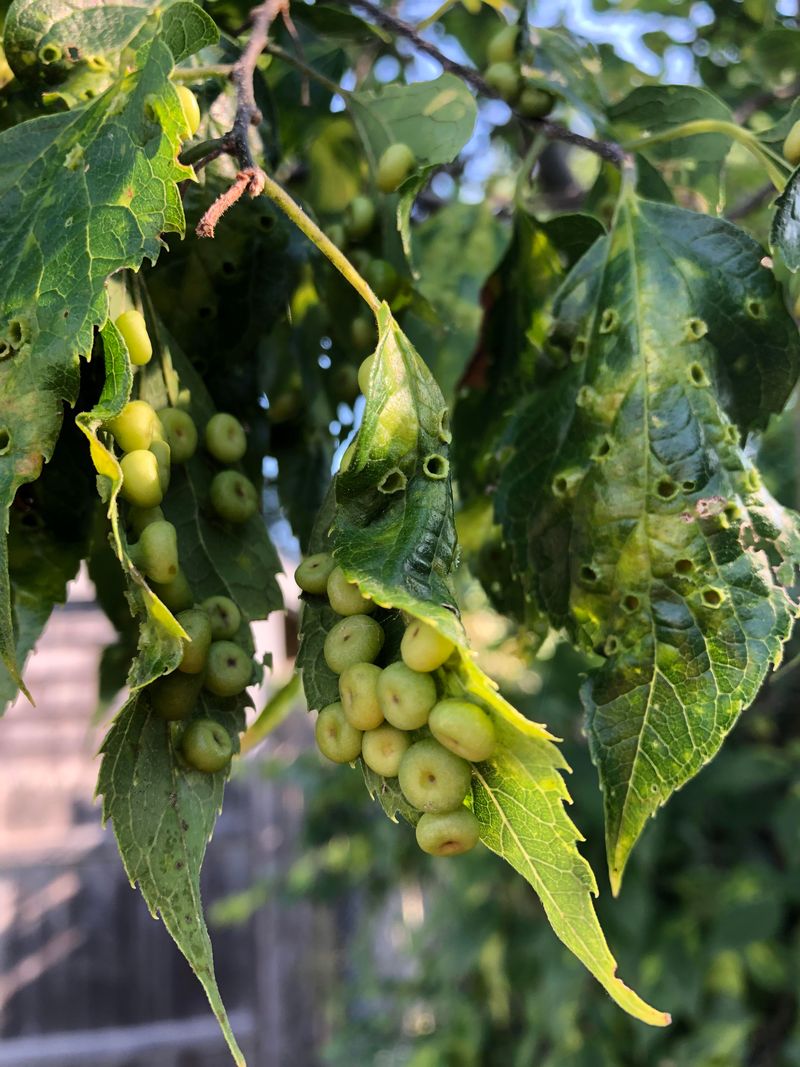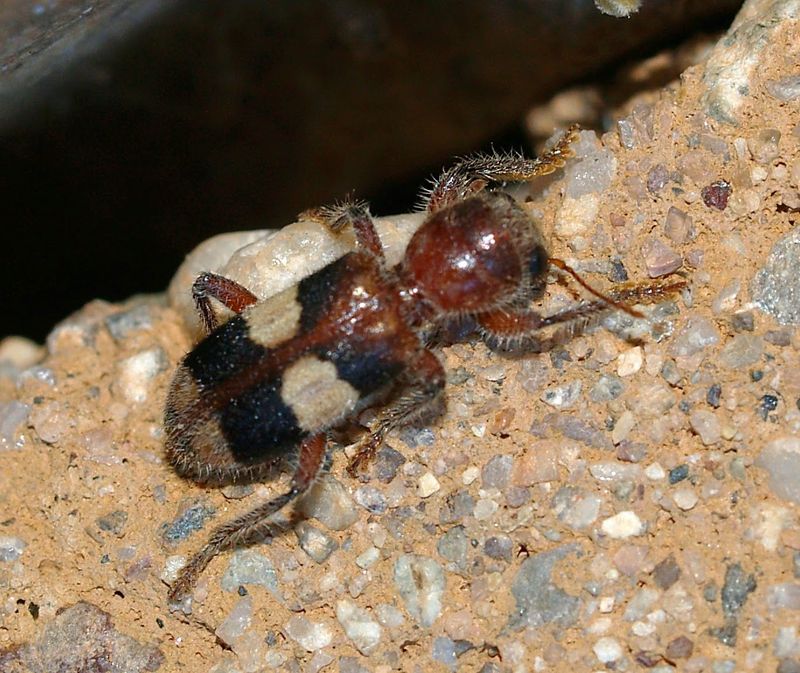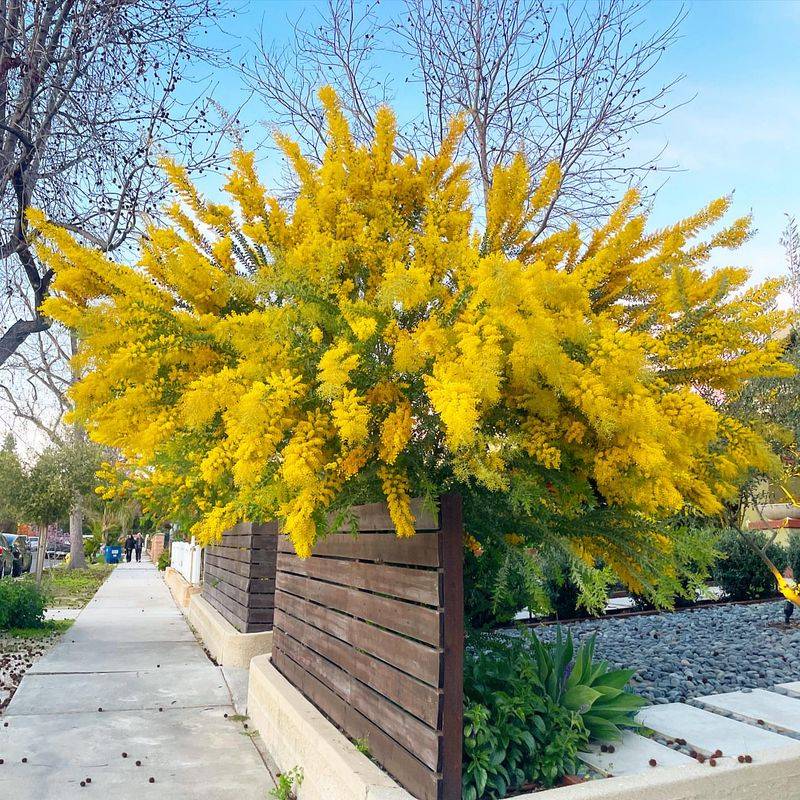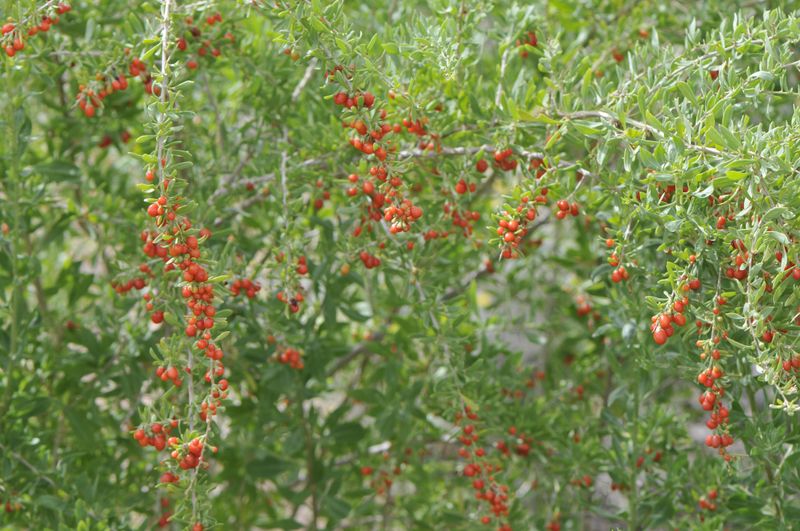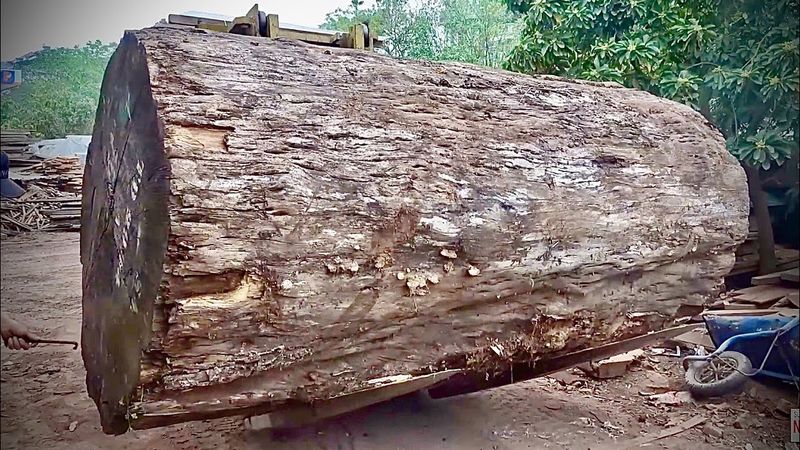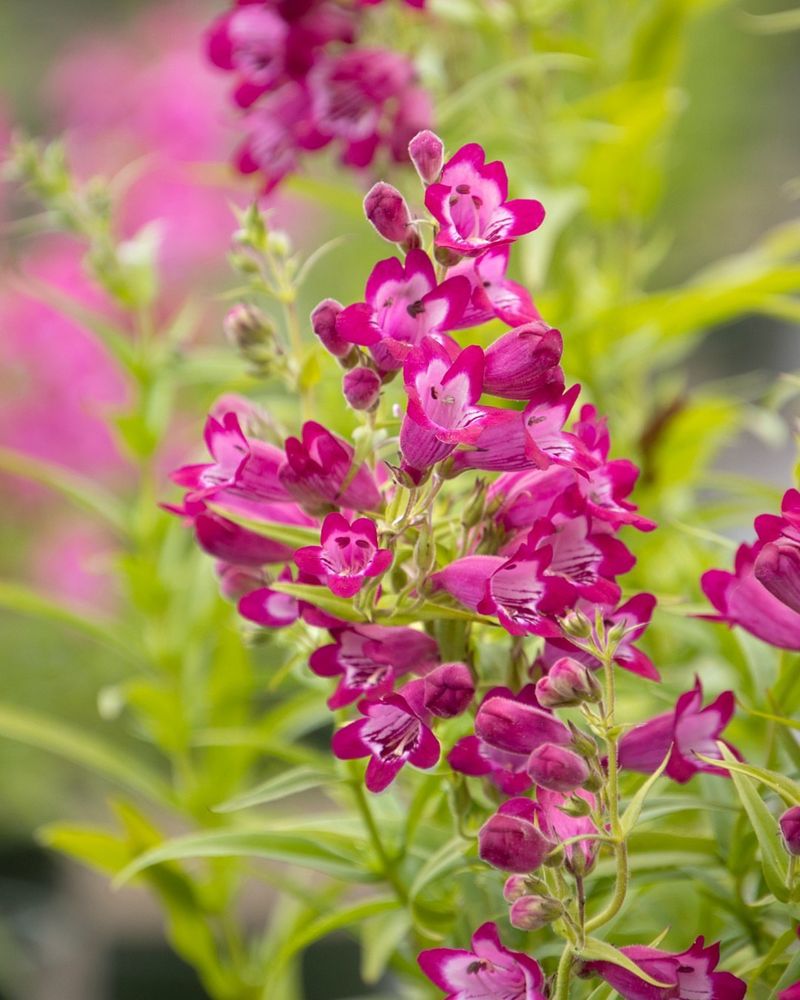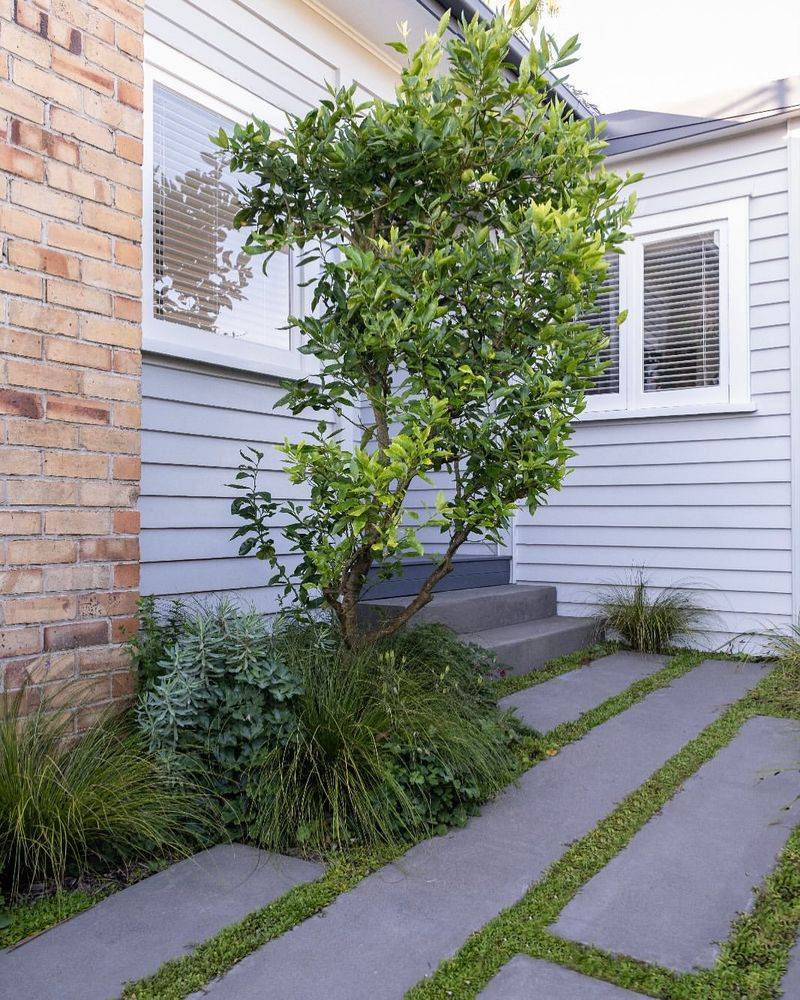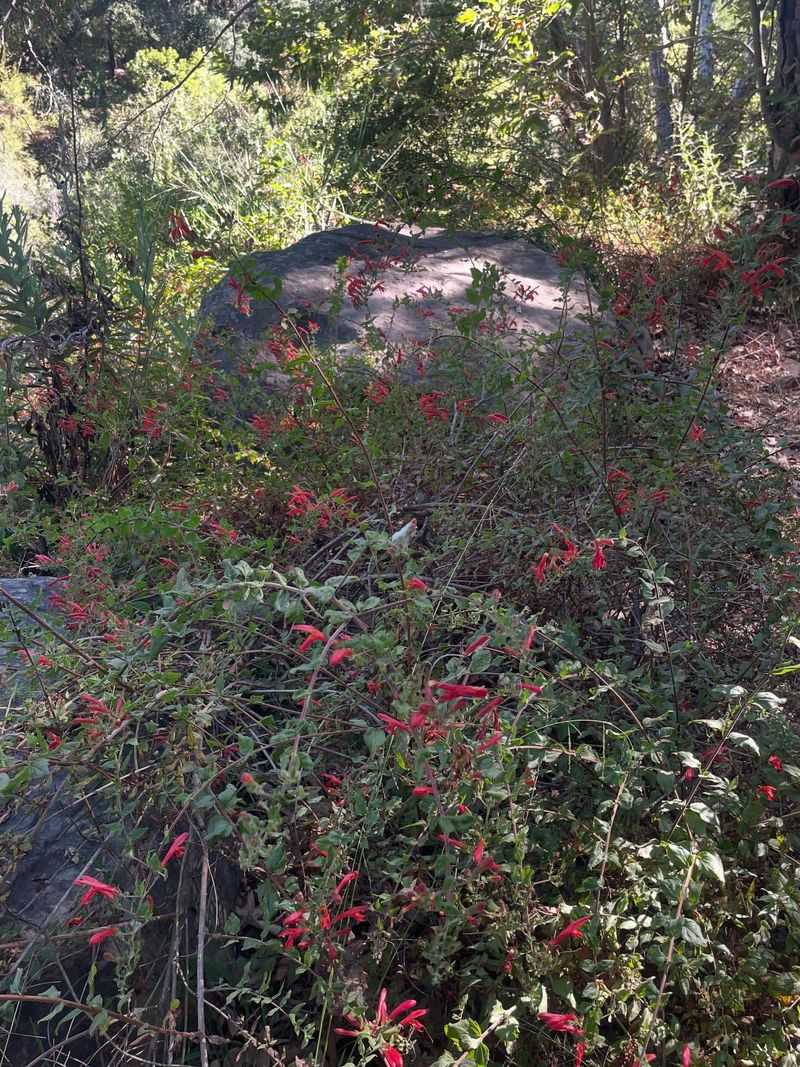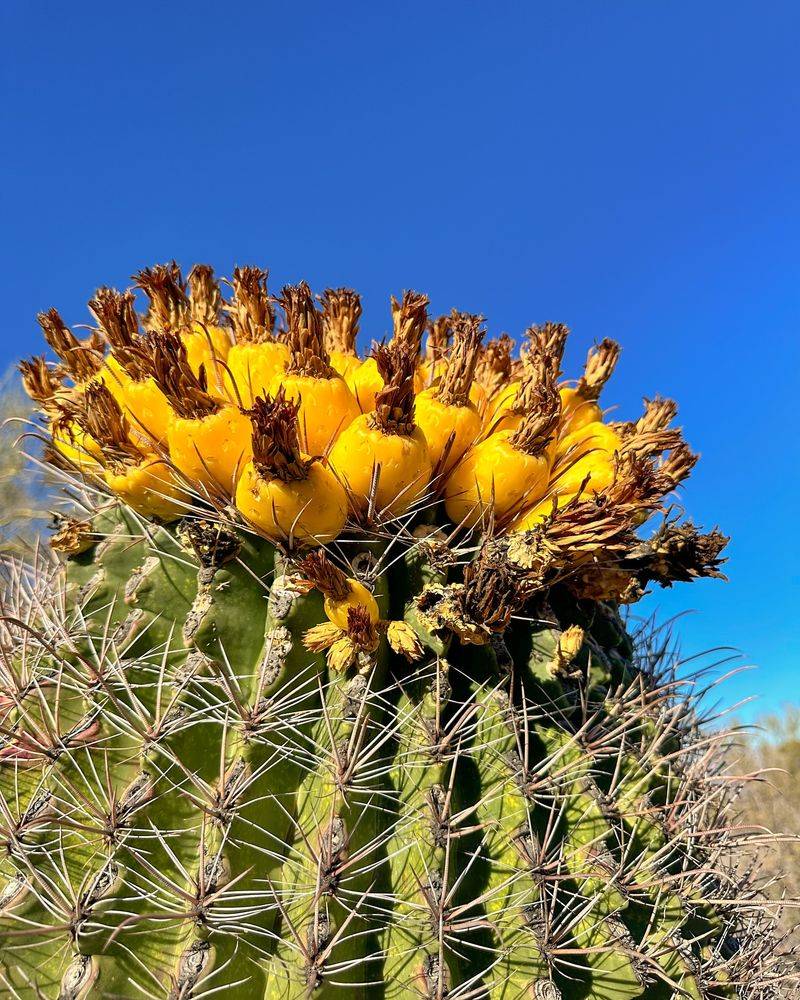Phoenix homeowners know the toll extreme heat takes—on us, our gardens, and the wildlife we share space with. One smart way to fight back is by creating micro forest edges. These small, layered plantings mimic nature’s boundaries and bring relief to dry landscapes.
By blending open areas with denser greenery, these edges offer cooling shade and a more comfortable outdoor space. They also attract helpful insects, like beetles, that naturally keep pests in check.
It’s beauty with built-in resilience. I’ve seen how even modest plantings can transform a yard in Phoenix. Micro forest edges don’t just survive the heat—they thrive, creating cooler, more vibrant spaces for people and pollinators alike.
1. Layer Native Mesquite With Desert Hackberry
The combination of velvet mesquite trees with desert hackberry shrubs creates natural cooling zones where beetles thrive. These native plants evolved together in the Sonoran Desert and support each other beautifully.
I’ve watched countless beetles make homes in the leaf litter beneath this pairing in my east Phoenix yard. The mesquite’s filtered shade allows the hackberry to flourish while creating perfect microclimates underneath.
Together they form a multi-level habitat that stays several degrees cooler than surrounding areas, providing refuge during those brutal 110°F summer days that make Phoenix famous for all the wrong reasons.
2. Create Decomposing Log Stations Under Palo Verde Trees
Beetles absolutely love decomposing wood! Placing fallen branches or logs beneath the dappled shade of Palo Verde trees creates perfect decomposition stations that attract diverse beetle species while building soil health.
The magic happens in the microclimate where wood meets soil. My neighbor’s yard features several such stations, and she reports dramatically fewer aphid problems since establishing them three years ago.
During Phoenix winters, these log stations continue breaking down slowly, housing beetle larvae that will emerge as helpful adults when temperatures climb again in spring.
3. Slope-Side Terracing With Canyon Hackberry
Many Phoenix properties feature slight elevation changes that can be transformed into terraced beetle havens. Canyon hackberry planted along these transitions creates natural collection points for moisture and organic matter.
The terracing effect slows water runoff during our brief but intense monsoon storms. After experimenting with this approach in my western exposure, I’ve documented at least seven species of beneficial beetles making homes in these moisture-retaining pockets.
Small rocks incorporated into the terracing provide additional hiding spots and thermal mass, extending the comfortable hours for beetle activity well into our scorching summer evenings.
4. Mulched Pathways Between Desert Willow Clusters
Desert willows offer gorgeous trumpet flowers while creating perfect edge conditions when planted in loose clusters. Between these clusters, pathways mulched with coarse wood chips become beetle superhighways!
The contrast between open pathways and planted areas creates exactly the edge conditions beetles seek. Last summer, walking through my friend’s yard in central Phoenix, we spotted metallic green beetles moving purposefully along these mulched corridors.
Maintaining a 3-inch mulch depth provides enough moisture retention for beetles without risking root rot in the desert willows—a balance that’s particularly important in our low-humidity climate.
5. Rock-Bordered Microclimates With Acacia Trees
Strategic placement of medium-sized rocks around the drip line of sweet acacia trees creates humidity traps that beetles seek out. The rocks collect morning dew and evening condensation, providing microdrops of moisture even during Phoenix’s driest months.
After installing this feature last year, I’ve noticed significantly more ladybugs and ground beetles in my yard. The acacia’s fine leaves create gentle shade without blocking too much sunlight—perfect for maintaining the warm conditions beetles prefer.
Painting the north side of some rocks with diluted milk attracts lichens and mosses over time, further enhancing the microhabitat complexity that supports diverse beetle populations.
6. Install Rain Garden Depressions With Wolfberry Shrubs
Wolfberry shrubs planted in shallow depressions capture precious rainwater during Phoenix’s infrequent downpours. These mini rain gardens become seasonal beetle magnets when properly designed with gentle slopes and organic-rich soil.
The beauty of this approach lies in its seasonality. During monsoon season, these depressions might hold moisture for days, creating temporary beetle breeding grounds that help populations surge when food sources are abundant.
My rain garden depression near the AC condensate drain supports wolfberries year-round without supplemental irrigation, proving how well-adapted these native plants are to our challenging climate.
7. Stack Desert-Salvaged Wood Near Ironwood Trees
Ironwood trees cast dense shade that protects salvaged wood piles from excessive drying. Stacking fallen branches in loose arrangements creates multi-chambered beetle condominiums that support decomposers and predatory species alike.
The trick is partial sun exposure—too shady and the wood stays too moist for our desert beetles; too sunny and it dries out completely. After a year of testing different locations around my south Phoenix property, the north side of ironwoods proved ideal.
Leaving small gaps between wood pieces allows beetles to move freely while providing protection from lizards and birds that might otherwise feast on them before they can establish populations.
8. Border Property Lines With Jojoba And Brittlebush
Property boundaries offer perfect opportunities for creating micro forest edges without sacrificing usable yard space. Jojoba’s evergreen structure paired with seasonal brittlebush creates year-round beetle habitat while defining your landscape beautifully.
The height difference between these plants creates vertical diversity that beetles love. Walking along my eastern property line where I’ve implemented this pairing, I can spot beetle activity almost any time of day, especially in the transition zones.
Both plants thrive in Phoenix’s alkaline soil and intense sun while requiring minimal irrigation once established—a win for water conservation and beetle habitat creation alike.
9. Feathered Fountain Grass Edges With Penstemon Accents
Fountain grass creates soft, feathered edges that transition beautifully into more open areas. Adding penstemon flowers among the grass clumps brings seasonal color while attracting beetles that feed on aphids and other pests.
The combination works because each plant serves different beetle needs. Some species utilize the dense grass bases for shelter, while others visit penstemons for pollen or to hunt smaller insects attracted to the flowers.
During a recent Phoenix Garden Club tour, members were surprised to learn my pesticide-free yard maintains ecological balance largely thanks to the beetle populations supported by these thoughtfully designed edges.
10. Construct Stone-Pocket Microgardens Near Citrus Trees
Citrus trees, despite not being native, can anchor beautiful beetle habitats when surrounded by stone-pocket microgardens filled with native plants. The stones collect heat during Phoenix’s winter days and release it slowly at night.
Beetles appreciate this thermal regulation, especially during January nights when temperatures can dip into the 30s. My lemon tree’s surrounding stone pockets host desert marigold and globe mallow, creating a colorful understory that supports incredible insect diversity.
Careful placement ensures these stone features don’t interfere with citrus harvesting while maximizing edge habitat between the tree’s canopy and the open areas beyond.
11. Plant Cascading Groundcovers From Retaining Walls
Retaining walls offer vertical opportunities for creating shaded beetle zones. Trailing plants like desert trailing lantana cascading down sun-baked walls create cool microhabitats in the shadows beneath.
The temperature difference can be striking—sometimes 15 degrees cooler in these shaded pockets compared to exposed areas just inches away. After installing trailing plants along my backyard wall facing west, I’ve noticed darkling beetles utilizing these cool zones during Phoenix’s hottest afternoons.
Water collects naturally at wall bases, making these areas surprisingly hospitable for both plants and beetles with minimal supplemental irrigation—a perfect example of working with existing landscape features.
12. Integrate Barrel Cactus Clusters With Native Bunchgrasses
Barrel cactus provides year-round structure while native bunchgrasses like deer grass offer seasonal movement and texture. Together they create fascinating beetle habitat at the ground level where these plants meet.
The contrast between the cactus’s rigid form and the grass’s flowing texture creates numerous edge conditions in a small space. During a recent Phoenix desert gardening workshop I hosted, participants were amazed to discover tiny beetle larvae developing safely in the protected zones between these plants.
Morning dew collects on grass blades and runs down to the soil, creating moisture gradients that different beetle species utilize according to their specific needs.

